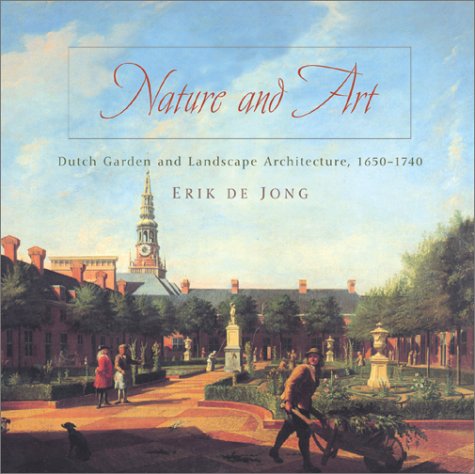Penn Studies in Landscape Architecture
1 total work
Selected by Choice magazine as an Outstanding Academic Title In its golden age, according to Erik de Jong, Dutch landscape architecture constituted a major, distinct phase in the European development of the art. In Nature and Art, de Jong examines five garden reconstructions-Het Loo, Heemstede, Zijdebalen, and the medicinal gardens of Leiden and Haarlem-within their unique cultural and geographic framework in order to establish the historical importance and singularity of Dutch garden art. Interest in geometric gardens was shared by all strata of Dutch society from courtiers to burghers; paintings, travel books, and poetry of the period contain evidence of the landscape garden's popularity. While the Dutch professed an ideal of outdoor life, in reality it was not nature that held sway, but rather design, which subjected nature to the rules of art. The garden was not so much a place of solitary retreat as a work of art through which to reveal oneself to the outside world. De Jong sets specific Dutch creations on the European map alongside the works of Le Notre in France, and argues for their independent identity in a rival tradition of equal importance.
